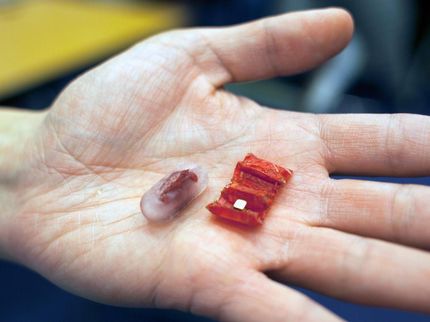Medical robots will revolutionize most surgical disciplines
The demand is particularly high for prostatectomy and hysterectomy minimally invasive surgeries
Advertisement
Surgical robots are gaining widespread acceptance across the globe as they enhance the surgeon’s abilities in terms of surgical imaging, navigation, planning and instrument manipulation.
Market participants are conducting extensive research in this field to further strengthen the capabilities of surgeons through advanced imaging techniques, higher degrees of freedom, interactive interfaces, haptics feedback, and teleoperation. Surgical robot manufacturers are also trying to reduce the footprint of existing robotic systems and lessen the invasiveness of surgical procedures by advancing single port, natural orifice, and swarm robotic technologies.
New analysis from Frost & Sullivan, Innovations in Medical Robotics, finds that the global surgical robotics market is top-heavy, with the leading participants having cutting-edge technologies and large patent libraries. The industry also has an abundance of smaller participants – companies, spinoffs, and research universities – who are working on innovations in medical robotics.
Surgical robotics technology is making its way into practically every major surgical discipline despite the long time-to-market caused by stringent regulatory requirements, complex manufacturing processes, and extensive R&D.
“The global demand for surgical robots is particularly high for prostatectomy and hysterectomy surgeries, as they are believed to offer greater safety, accuracy, and precision, and in turn leading to better clinical outcomes for the surgeon, patient and hospital management,” noted Technical Insights Research Analyst Geethu Roshan Verghese. “The market will continue to gradually prosper due to rising awareness, higher per capita income, and a growing aging population.”
However, the lack of randomised trials and appropriate comparison and outcome registries for robotic surgeries has raised questions regarding the efficacy of surgical robots. This will only be a restraint in the short run as robust clinical evidence to support the benefits of surgical robots – economic efficiency, improved ergonomics, and reduced surgeon fatigue – is likely to increase over the next few years. Companies within the market are also battling this issue by seeking feedback from customers, including hospitals, surgeons and patients.
“In addition to demonstrating the superior efficacy of surgical robotic technologies with the aid of positive data from long-term clinical trials, market participants must use open architecture surgical platforms to promote collaboration and innovations in surgical robotics, and pave the way for greater investment from universities and research institutions,” suggested Verghese.





























































